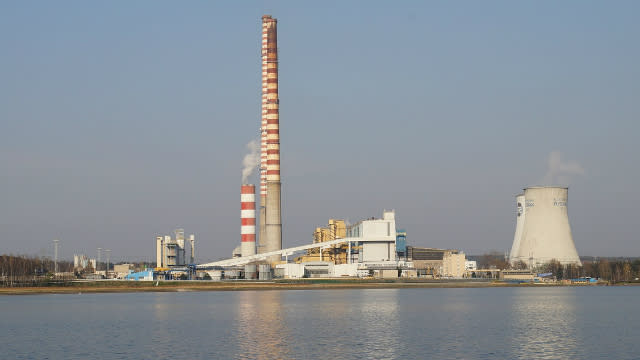Investors: Don’t Expect Commodity Prices to Rally Further

Late last year, I was bullish on commodities, especially on the outlook for steel-making or coking coal and base metals, as Beijing?s fiscal stimulus drove higher demand for iron ore, steel-making coal, copper, zinc, nickel, and lead. That sharp uptick in demand coupled with a range of short-term supply constraints pushed coking coal and base metal prices to their highest levels in over two years.
Despite signs that the tide has turned for many commodities, some pundits, many of whom failed to predict the earlier rally, are claiming that now is the time for investors to bet on commodities. This couldn?t be further from the truth. There are clear indications that the massive surge in commodity prices was overdone and that they will pull back in coming months.
Now what?
When it comes to commodities, it is essentially all about China, which is the world?s single largest consumer of coal, metals, and fertilizers. What is undeniable is that China?s economic growth continues to slow. For 2016, China reported its lowest level of GDP growth in over two decades, and that growth is expected to keep slowing.
You see, developing economies can?t keep growing at the phenomenal rates that occur when they begin their economic transition. Eventually, they reach a point where the attributes of catch-up growth, such as rural-urban labour transfer, rapid urbanization, growing human capital, and expanding technological advancement, can no longer be exploited to the same level.
When they reach that developmental plateau, the frantic pace of economic expansion slows. This is the point that China has reached and is a primary reason for the sharp decline in GDP growth rates in recent years.
While manufacturing activity is still expanding and Beijing keeps investing in infrastructure, which are two of the largest consumers of steel, copper, and zinc, the rate of growth in those sectors has slowed significantly, and they are not expanding at the rate they were a decade ago. Now that Beijing?s credit lead stimulus, which was focused on infrastructure investments, is winding down, coal and metals prices are weakening.
It is also important to consider President Xi?s announcement late last year that he is open to China?s GDP growth falling below 6.5% annually.
Beijing also remains focused on transitioning China away from an export-led manufacturing economy to one focused on the service sector. This will also cause the consumption of commodities to fall.
While the rapid modernization of other developing nations such as India will help to fill the demand deficit, it is difficult to see a massive surge in consumption equal to that which occurred when China embarked on its path to modernization.
Another factor weighing heavily on the outlook for commodities is growing global supplies. Short-term supply constraints triggered by labour disputes, contractual disagreements, and a significant decline in investment in new projects has bolstered prices, but this effect is now waning. Miners have also moved rapidly since the end of 2016 to ramp up production so as to take full advantage of higher commodity prices. This means that supplies of key commodities such as iron ore, coking coal, copper, zinc, lead, and nickel have all risen in an environment where demand is softening. This can mean only one thing: weaker coal and base metal prices.
So what?
This is not good news for Canada?s major miners such as Teck Resources Ltd. (TSX:TECK.B)(NYSE:TECK), First Quantum Minerals Ltd. (TSX:FM), and HudBay Minerals Inc. (TSX:HBM)(NYSE:HBM). All three enjoyed a massive rally over the last year as coal and metals prices rose to be up by 36%, 34%, and 32%, respectively. The weaker outlook for commodities makes now the time for investors to consider taking profits.
You've probably never even heard of this up-and-coming e-commerce powerhouse headquartered in Eastern Ontario...
But, despite coming public just last year, it's already helping the likes of Budweiser... Tesla... Subway... and Red Bull move $9.9 BILLION (and counting) worth of goods online each year.
And now it's caught the eye of the legendary investor who got behind Amazon.com in 1997 -- just before it shot up over 23,000% and made investors like you and me rich beyond their wildest dreams.
Click here to discover why this investor says it's time to buy.
More reading
Fool contributor Matt Smith has no position in any stocks mentioned.
You've probably never even heard of this up-and-coming e-commerce powerhouse headquartered in Eastern Ontario...
But, despite coming public just last year, it's already helping the likes of Budweiser... Tesla... Subway... and Red Bull move $9.9 BILLION (and counting) worth of goods online each year.
And now it's caught the eye of the legendary investor who got behind Amazon.com in 1997 -- just before it shot up over 23,000% and made investors like you and me rich beyond their wildest dreams.
Click here to discover why this investor says it's time to buy.
Fool contributor Matt Smith has no position in any stocks mentioned.

 Yahoo Finance
Yahoo Finance 